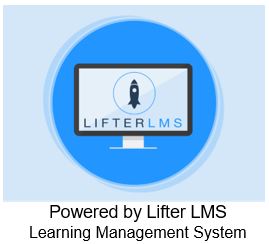


Educational Goals and Learning Outcomes:
-
Understand the DSM-5 Trauma- and Stressor-Related Disorders diagnostic codes when you see them on a mental health assessment.
-
Be able to explain trauma to the patients as defined by the Substance Abuse and Mental Health Services Administration (SAMHSA).
-
Understanding that there is a biological-psychological-sociological effect on patients who have experienced trauma and in the development of their world view.
-
Knowledge that there is a “universal assumption of trauma” for patients with a SUD diagnosis during the admission assessment and during treatment/recovery planning.
-
Participants will gain knowledge of and steps to incorporate effective trauma-informed care strategies and cultural competence with patient safety as the primary goal.
-
Counselor Wellness = Client Wellness: Understand that vicarious trauma and compassion fatigue exist in the human services field.
-
How to develop a safe collaborative patient-centered therapeutic alliance.
Enroll with any credit/debit card via secure PayPal
$29.00
1 year of access
Includes a personalized OASAS Certificate of Completion 4.0 for CASAC/CPP/CPS renewal.
Just click the orange button below and follow the enrollment instructions. It’s that easy!

